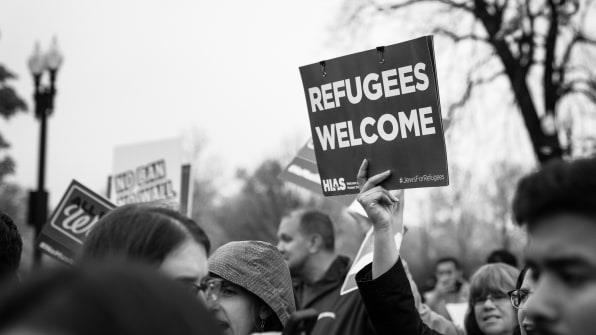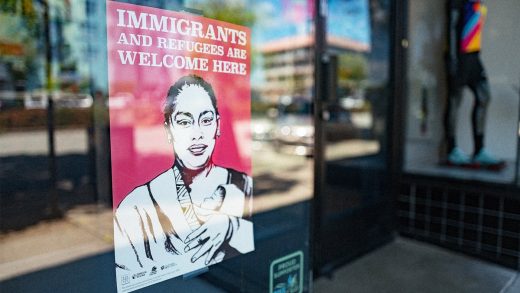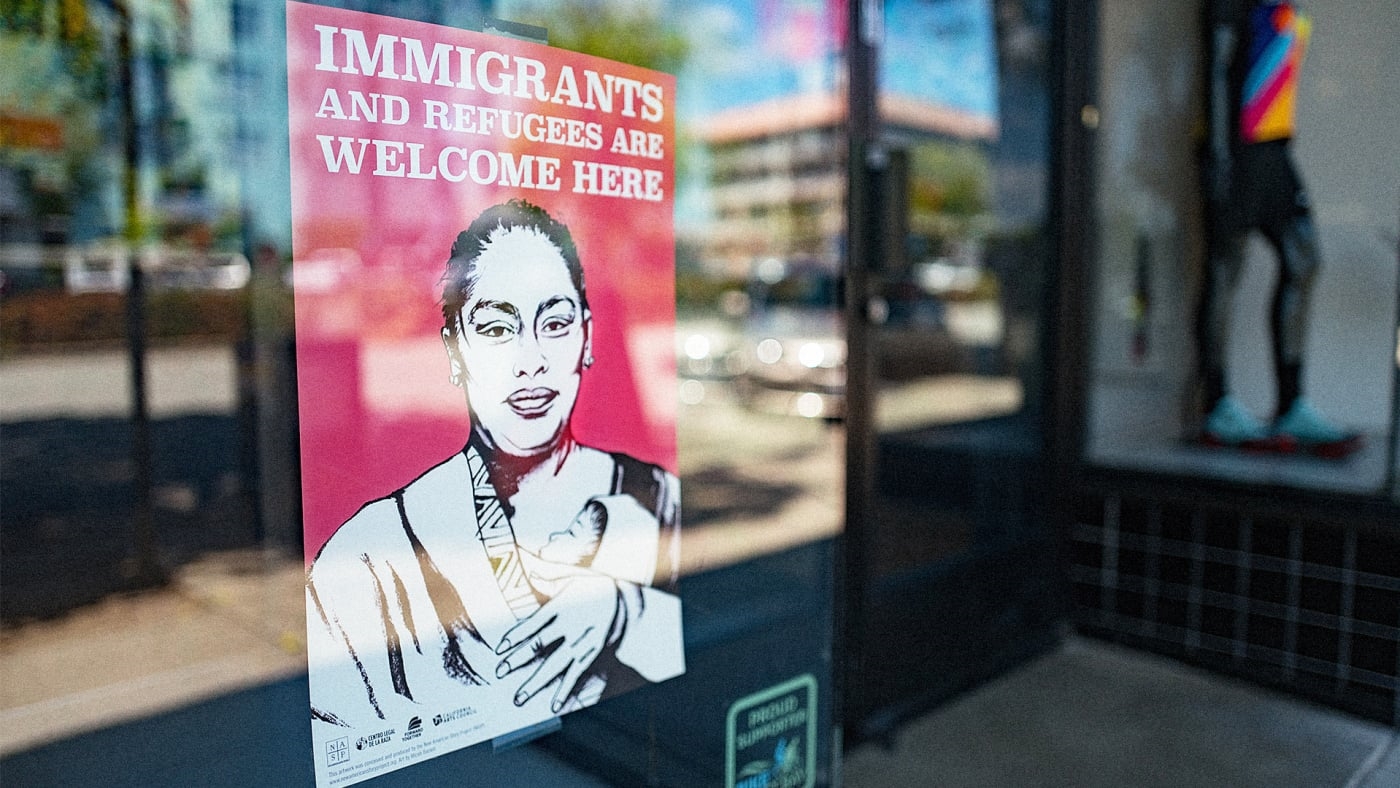Here’s just how few refugees Trump is allowing into the U.S.
The U.S. is on track to admit fewer refugees this fiscal year than ever before in the history of the resettlement program. At the same time, there are now more refugees and internally displaced people globally–68.5 million people fleeing war and persecution–than at any earlier point in history.
By September 30, the end of this fiscal year, the U.S. is expected to resettle no more than 21,000 refugees, according to a new report from the nonprofit International Rescue Committee. That’s out of a cap set by the Trump administration of 45,000 people for the year–itself the lowest number since Congress created the current refugee program. The previous year, the Obama administration set the cap at 110,000 (that wasn’t reached either, after Trump’s travel ban put the resettlement program on hold).
“While there are a number of reasons, the new vetting measures, which are overly bureaucratic and do not make us safer, are at the core of the historically low arrival numbers,” says Jennifer Sime, senior vice president of U.S. programs at IRC. Prior to setting the new vetting measures, the administration restricted admissions for several months. A program to resettle children from Central America has ended, while families fleeing violence from that region are now being separated at the border.

Only 44 people from Syria were resettled in the first seven months of this fiscal year, a 99% drop from the same period in the previous year, while brutal violence continued in Syria and record numbers of children were killed. Somali resettlement dropped 96%. The number of Iraqis resettled dropped 98%. Iraqis who supported American missions and are supposed to have priority status for admission sit on a waiting list of more than 50,000 people. By the end of March, only 36 of these prioritized refugees from Iraq had been resettled. The number of Christian refugees resettled dropped 60%, Muslim refugees dropped 80%, and Yazidi refugees dropped 99%.
There’s no security reason to prevent resettlement. There’s no evidence that restricting refugee admissions makes the U.S. safer–since the resettlement program was established in 1980, no resettled refugees have committed any lethal attacks on U.S. soil–but it is possible that slowing refugee admissions hurts U.S. security globally, especially as those who aided the U.S. military in the past aren’t resettled as promised.
Historically, the U.S. has been a world leader in resettling refugees. “Outside of the cultural contributions to the fabric of our communities, and keeping our neighborhoods a welcoming place, the economic impact of refugees in America couldn’t be clearer,” says Sime. “The government’s own numbers have outlined that–they pay more in taxes than they receive in benefits–and other studies have shown they’re exceptionally entrepreneurial and upwardly mobile. It’s not just the right thing to do, it’s the smart thing to do.”
Google cofounder Sergey Brin came to the U.S. as a refugee. Andy Grove, a former Intel CEO, was a refugee. PayPal cofounder Max Levchin is a refugee. Christopher Nguyen, a successful serial entrepreneur in Silicon Valley, is a refugee who narrowly escaped Vietnam. Other refugees have played a key role in filling jobs; the IRC is now struggling to help companies hire positions as the number of available refugees shrinks.
Politically, Congress could push to increase resettlement. “We’d look to Congress to be on the right side of history and exercise its oversight authorities to ensure the administration picks up the pace on refugee admissions in fiscal year 2018 in order to meet the ceiling, and is ready to pressure the administration to achieve a higher ceiling and more robust resettlement in fiscal year 2019,” says Sime.
(15)



